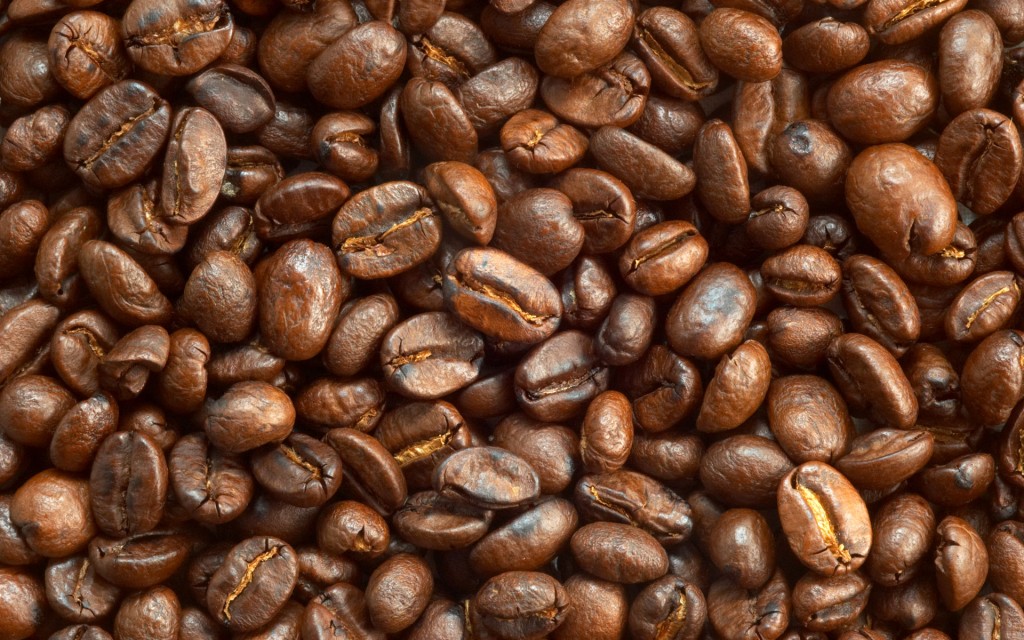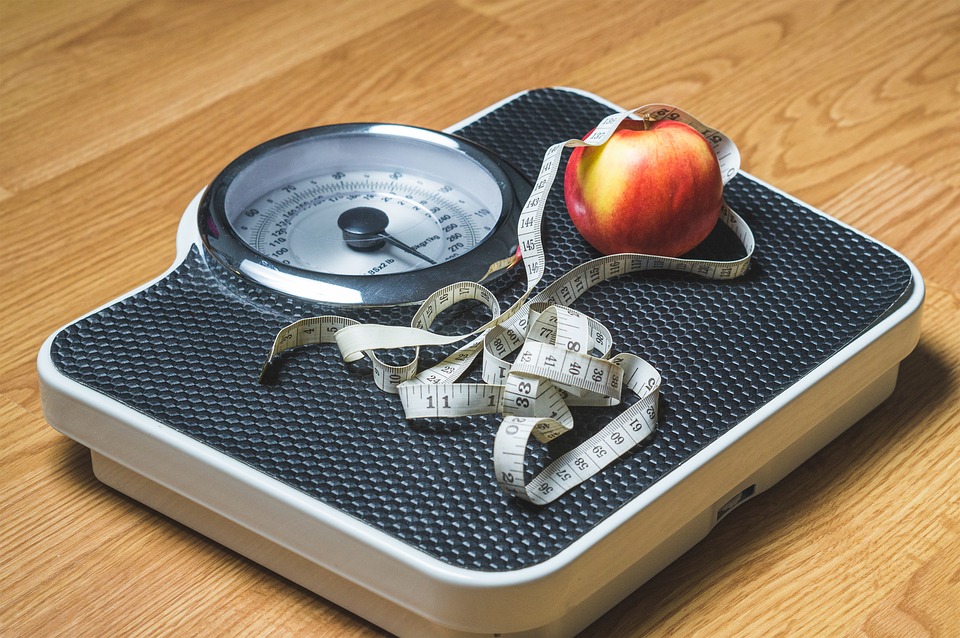“Shocking figures show there are now 124 million obese children worldwide,” reports The Guardian. A pooling of records of height and weight in children from 200 countries found the numbers of children who are obese rose from less than 1% in 1975, to 5.6% of girls and 7.8% of boys in 2016.
The numbers of children severely or moderately underweight worldwide has fallen – but not by much (from 9.2% to 8.4% in girls and 14.8% to 12.4% in boys). There were an estimated 192 million severely or moderately underweight children in the world in 2016, mostly in Asia and Africa.
In the UK, as with other high-income English-speaking countries, the rise in childhood obesity seems to have stabilised in the past decade, albeit at high levels. Around 10% of UK children are estimated to be obese according to this study.
The figures show that some middle- and low-income countries that previously had many underweight children (such as in the Middle East) had “flipped” to having many overweight children.
Children who become overweight or obese in childhood are at higher risk of developing chronic diseases in adulthood such as type 2 diabetes and some types of cancer. And sadly, research suggests they are more likely to be bullied and have low self-esteem.
Find out more about how you can help your child reach a healthy weight.
Where did the story come from?
The study was carried out by researchers from the international NCD Risk Factor Collaboration, and the lead researcher is based at Imperial College London. It was funded by the Wellcome Trust and AstraZeneca Young Health Programme. It was published in the peer-reviewed medical journal The Lancet on an open-access basis, so it is free to read online.
The researchers also published country-specific information in graphs on their website.
The Guardian and BBC News both published accurate stories. The Guardian took a “first-world problem” approach and did not mention the numbers of children still underweight, focusing entirely on the obesity figures.
BBC News gave a more rounded report.
What kind of research was this?
This was a pooled analysis of population-based measurement studies, using data sources from 200 countries around the world. Researchers wanted as many reliable studies of children’s height and weight as possible, to compare trends and figures from 1975 to 2016. They also looked at figures for adults, but focused on children aged five to 19 for this study.
What did the research involve?
Researchers sought out reports that included the measured weight and height of children within the general population of countries worldwide. They used data from government and health service sources, as well as any published studies, and used their international network to find all relevant data sources from their local areas.
They then analysed the information to look for trends in mean body mass index (BMI), and how many children fitted into five categories, from moderate and severely underweight to obese. They looked at trends over time and in global regions.
The researchers only used data where weight and height had been measured as part of a study, rather than self-reported weight and height. They grouped countries into 22 geographical regions for most of their analyses. They used World Health Organization (WHO) growth reference charts to categorise children, which means their figures don’t compare directly with other studies that used different definitions.
What were the basic results?
The researchers pooled information from 2,416 data sources, which had height and weight information for about 31.5 million children aged five to 19 years.
The results showed an increase in obesity and a decrease in those severely or moderately underweight over time:
In 1975, 0.7% of girls (95% credible interval (CrI) 0.4 to 1.2) and 0.9% of boys (95% CrI 0.5 to 1.3) were obese.
In 2016, 5.6% of girls (95% CrI 4.8 to 6.5) and 7.8% of boys (CrI 6.7 to 9.1) were obese – an estimated total of 50 million girls and 74 million boys.
In 1975, 9.2% of girls (95% CrI 6.0 to 12.9) and 14.8% of boys (CrI10.4 to 19.5) were underweight.
In 2016, 8.4% of girls (95% CrI 6.8 to 10.1) and 12.4% of boys (CrI 10.3 to 14.5) were underweight.
The global figures, however, mask big differences in various regions of the world.
In eastern Europe, for example, average age-standardised BMI changed very little for boys or girls. In central Latin America, by contrast, it rose by 1kg/m2 for every decade from 1975 to 2016. In high-income English speaking countries, average age-standardised BMI rose until about 2000, then the rise flattened off.
The areas of the world with the highest proportion of children estimated to be obese in 2016 are:
Polynesia and Micronesia (25.4% of girls and 22.4% of boys)
High income English-speaking countries including the UK, north America and Australia and New Zealand (around 20%, exact figures not given)
In the UK, obesity in boys rose from 2.4% in 1975 to 10.9% in 2016, while obesity in girls rose from 3% in 1975 to 9.4% in 2016. The UK ranks 73rd on the list of 200 countries for childhood obesity prevalence.
How did the researchers interpret the results?
The researchers say their results show that “rising trends in children’s and adolescents’ BMI have plateaued in many high-income countries, but have accelerated in parts of Asia.”
They say that if trends continue, “child and adolescent obesity is expected to surpass moderate and severe underweight by 2022.”
They say figures from east Asia and Latin America show that “the transition from underweight to overweight and obesity can be rapid”, and that international policy goals should address both underweight and overweight in a coherent way.
They point out that: “While momentum might be gathering to use taxes and regulations to reduce the consumption of energy-dense foods, few policies and programmes attempt to make healthy foods such as whole grains and fresh fruits and vegetables more affordable through targeted price subsidies, (conditional) cash transfers and food vouchers, or healthy school meals. Unaffordability of healthy food options not only leads to social inequalities in overweight and obesity, but might also limit the effect of policies that target unhealthy foods”.
Conclusion
This is a huge report with data from around the world. It found that, while obesity among children has clearly increased globally, the picture is variable from one country or region to another.
It’s encouraging that the report found obesity levels among countries such as the UK are levelling off. However, that still leaves millions of children obese or overweight, which could put their health at risk in years to come. More needs to be done to reduce those numbers. More urgent is the situation in countries that have seen a rapid rise in childhood obesity that shows no sign of slowing.
It is also important not to overlook the ongoing problem of the many millions of children who are underweight, as this can lead to other long-term health risks.
The report does have some limitations to be aware of:
Categories of obesity, overweight etc are not “absolute” categories based on the optimum weight for health. Instead, they represent how a child’s BMI compares to a “reference” population of children the same age and sex. Some debate whether this over-estimates the proportion of children categorised as obese.
The amount of data the researchers had available for each region varies a lot. Some regions have many reports of children’s weight and height, often measured at school. For regions where children are less likely to attend school, or where such programmes are not in place, researchers made estimates relying on fewer sources.
Despite the researchers’ efforts, they may not have found all relevant data for the study.
Obesity in children can set them up for ill health later in life. It may be harder to lose weight as an adult, than to prevent too much weight gain in childhood. Public Health England said in a statement that it was “at the forefront” of addressing the problem through reducing sugar consumption and introducing a levy on sugar-sweetened drinks.




